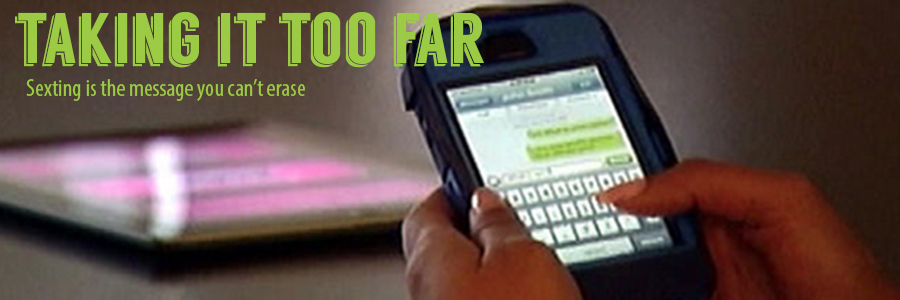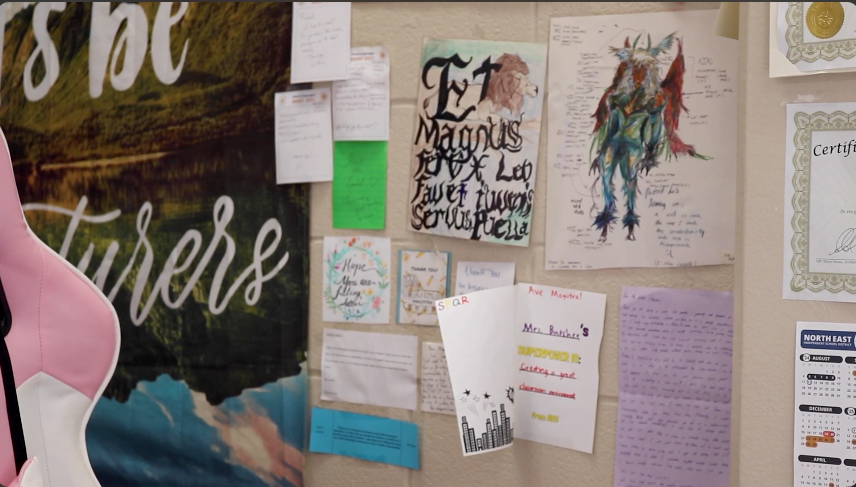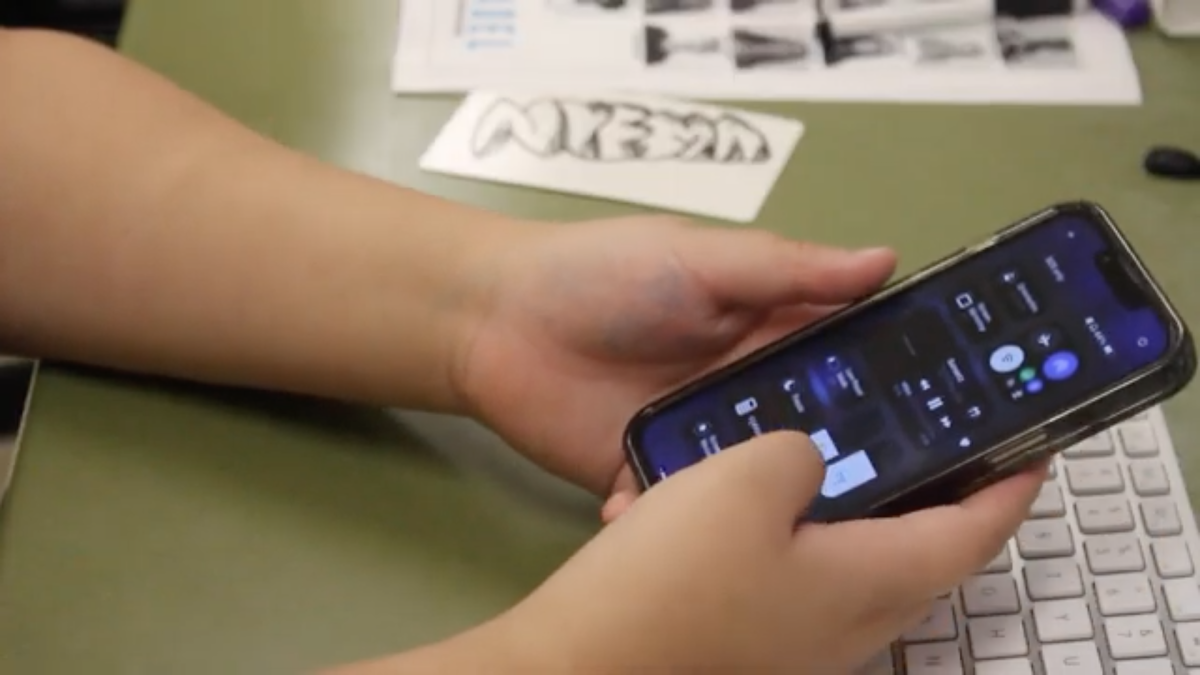By Claire Carter | Editor-In-Chief
Sending a sexually suggestive message, commonly known as sexting, through cellular devices is becoming increasingly controversial. Making national headlines and stirring trouble among political officials, it should come as no surprise that this trendy felony has made its way into the classroom.
“I think it’s a problem everywhere, not restricted to a certain age group, class or school,” senior Zach Winterrowd said. “It’s immoral and disgusting.”
One in five teenagers claimed to have been involved in nude sexting. And about 30% of teenagers are sending these messages to someone they have never met in person. These alarming statistics are just a few of the many realities of activity behind the screen.
“I think that since people know it’s nothing physical they think there won’t be any repercussions. When really you can be legally charged for this,” Winterrowd said.
In fact, in the state of Texas, a minor caught sexting will be charged with a misdemeanor and must take an educational course with a parent about the dangers of sexting.
“Depending on the severity or your involvement in the case, you could end up in alternative high school. The question is did you send it, receive it, and are you causing a major campus disruption through this?” Johnson principal John Mehlbrech said.
Along with bullying, underage drinking, and distracted driving, sexting is a practice administrators advocate abstinence from. But, being such a sensitive subject, sexting isn’t a conversation everyone is eager to have.
“Will kids change because we educate them?” Mehlbrech said. “We hope they do…But you say it so often that it doesn’t mean anything anymore. We face these things way too often.”
“I’m not even sure that that would scare them from sexting because the immediate strength of peer pressure is going to be greater than this far away threat of possible legal consequences,” AP English teacher Gwen Guerrero said.
What once was a means of simply calling someone has become a device that allows us to be in constant-often unnecessary- communication with each other. And while this offers a new level of convenience, it presents an even greater danger.
“What you’ve got there-is a computer,” Mehlbrech said. “Computers don’t lie and things don’t go away. Once it goes viral you can’t get it back and that could haunt someone for the rest of their life.”
This idea of the “eternal cloud” saving all transmitted messages is best seen through Snapchat, a popular app that can be found on almost every teenager’s smartphone. Although the app presents the idea of an automatic “disappearance” of pictures after you send them, for safety reasons, messages sent on this app are actually saved to the Snapchat Server, which has in the past lead to accounts of hacking and leaking of Snapchat messages.
“I know the pressures probably start at school, and through Snapchatting and social media, but part of it is the values that you get at home and that you should value yourself more than the pressure someone else is putting on you,” Guerrero said.
Like Guerrero said, the values you get at home determine a student’s primary action. Although high schoolers like to think they are invincible, sexting is punishable by Texas law under the age of 18. This very serious threat will affect admission into certain universities and even jobs. So while some think their messages “disappear,” these charges will not.
“I think that parents are the key,” Mehlbrech said. “I think there needs to be a relationship where if you feel that you’re being pressured into sexting, you should be able to talk to your parents about this.”
While sexting may seem to some as a lost hope for teaching widespread abstinence, Johnson’s annual ‘Red Ribbon Week’ and ‘No Place For Hate Week’ have been successful in the past due to it’s primary source: students.
“If it comes from the students it will be more powerful,” Mehlbrech said. “It needs to be posters you see in the hallway and constant reminders. I think it would be great if an organization used this as a tool to send out the right message.”








